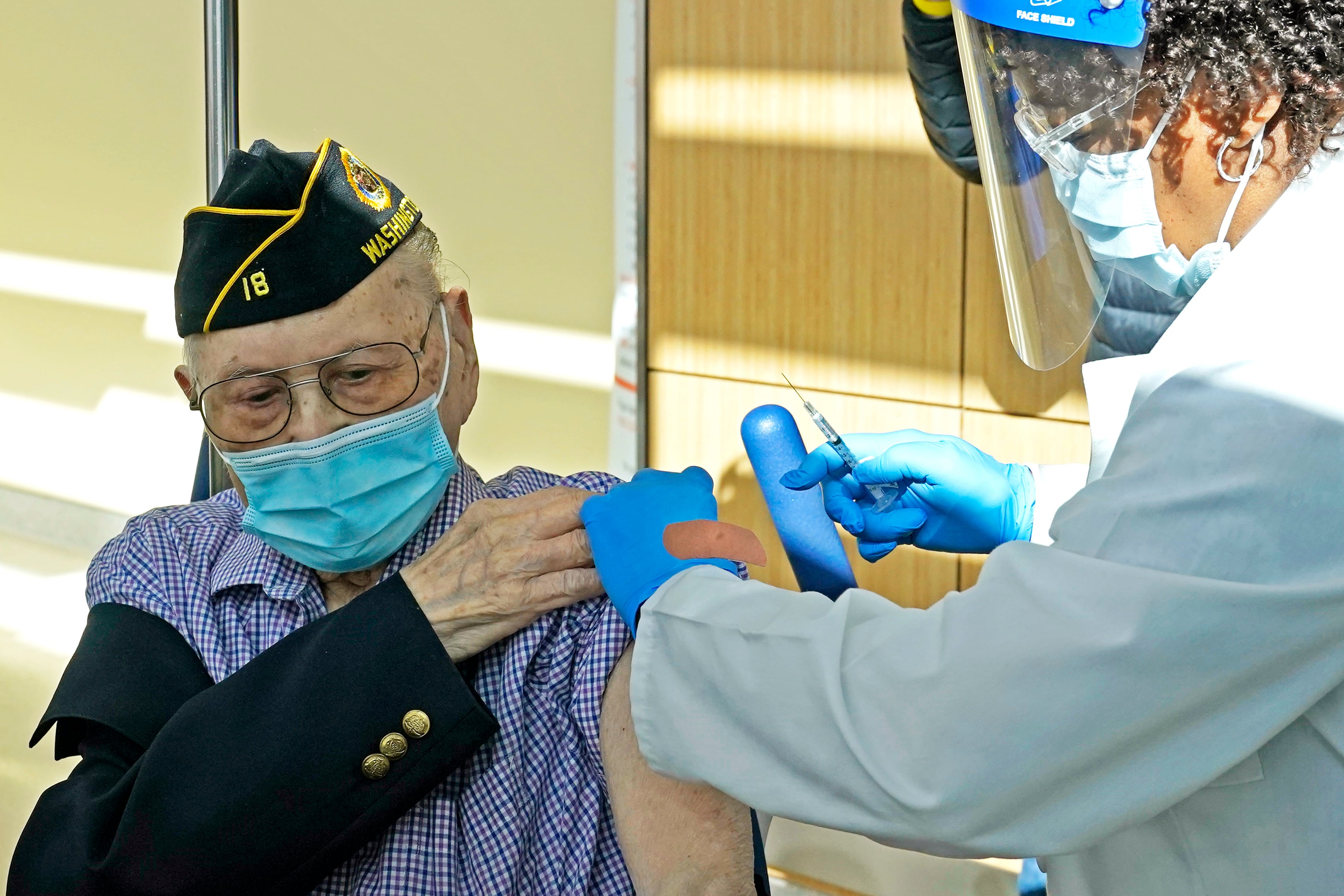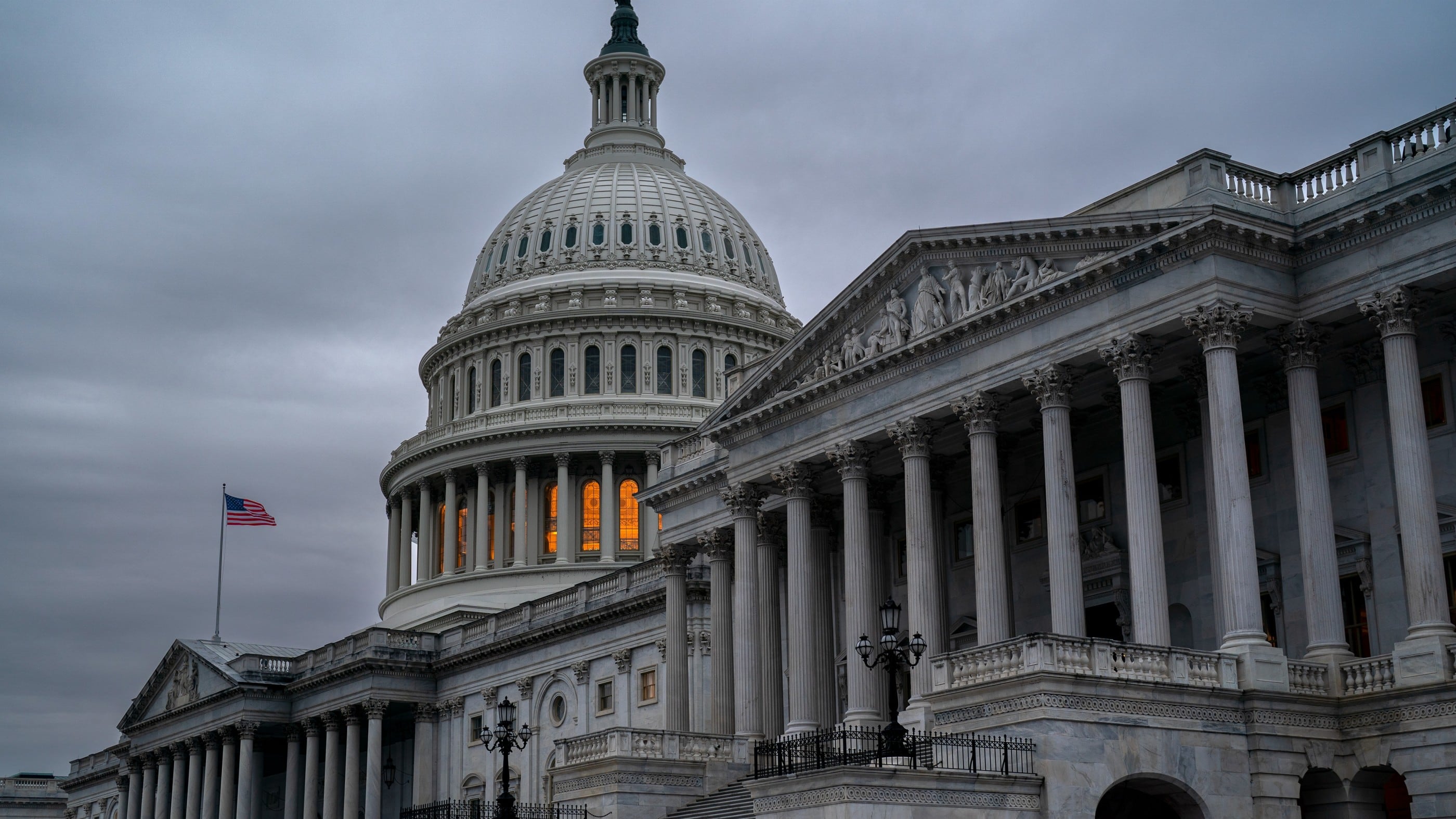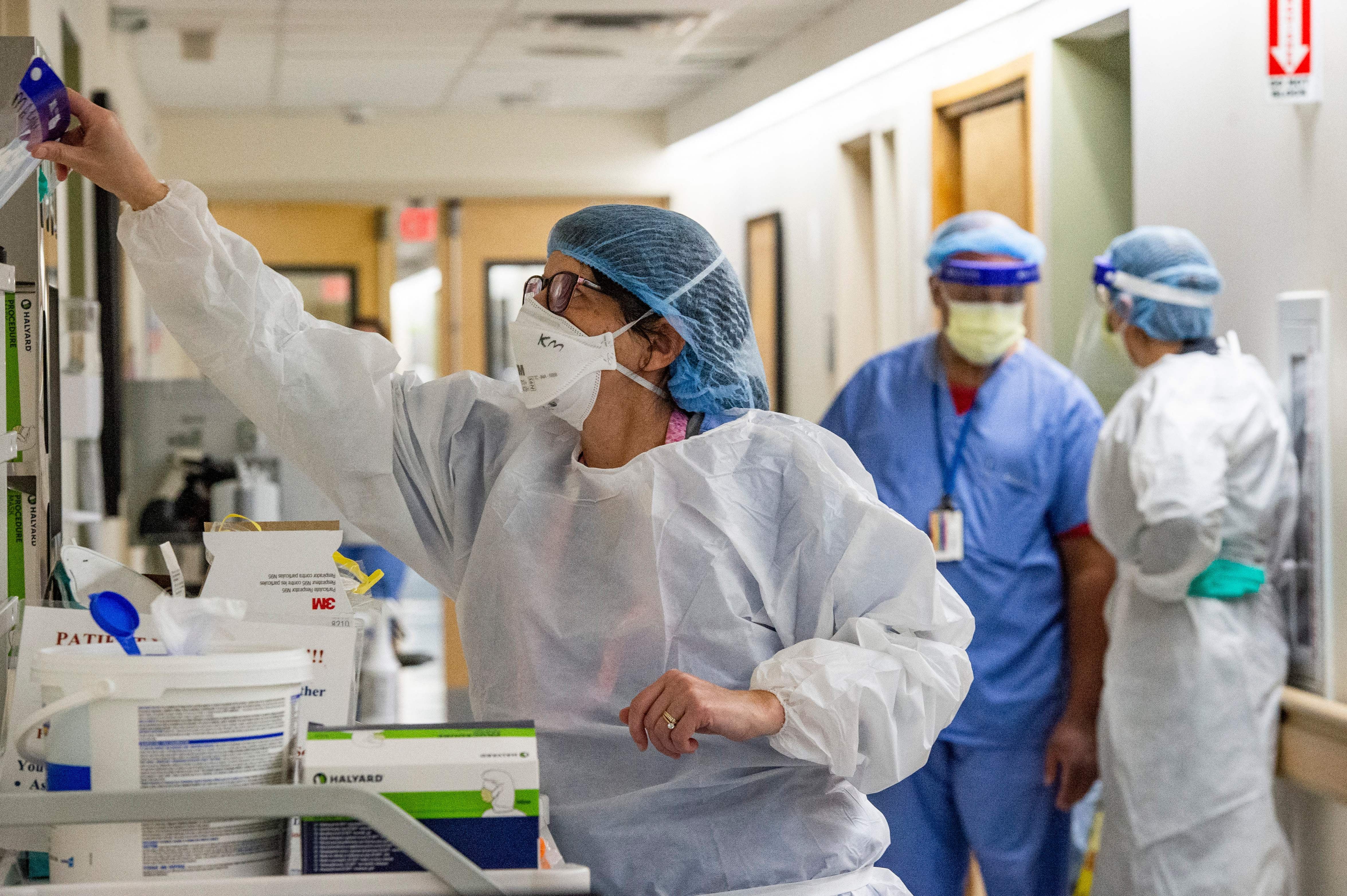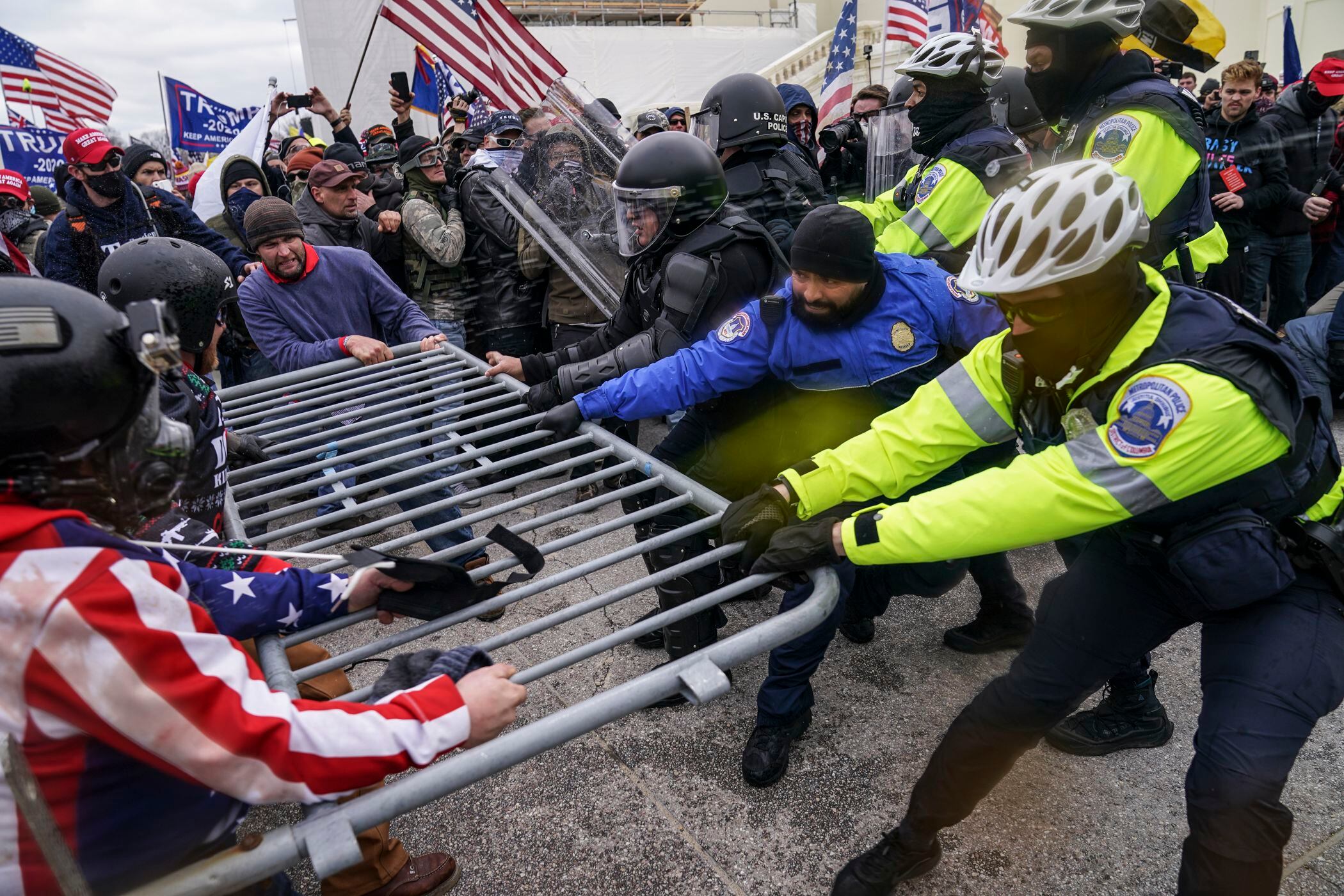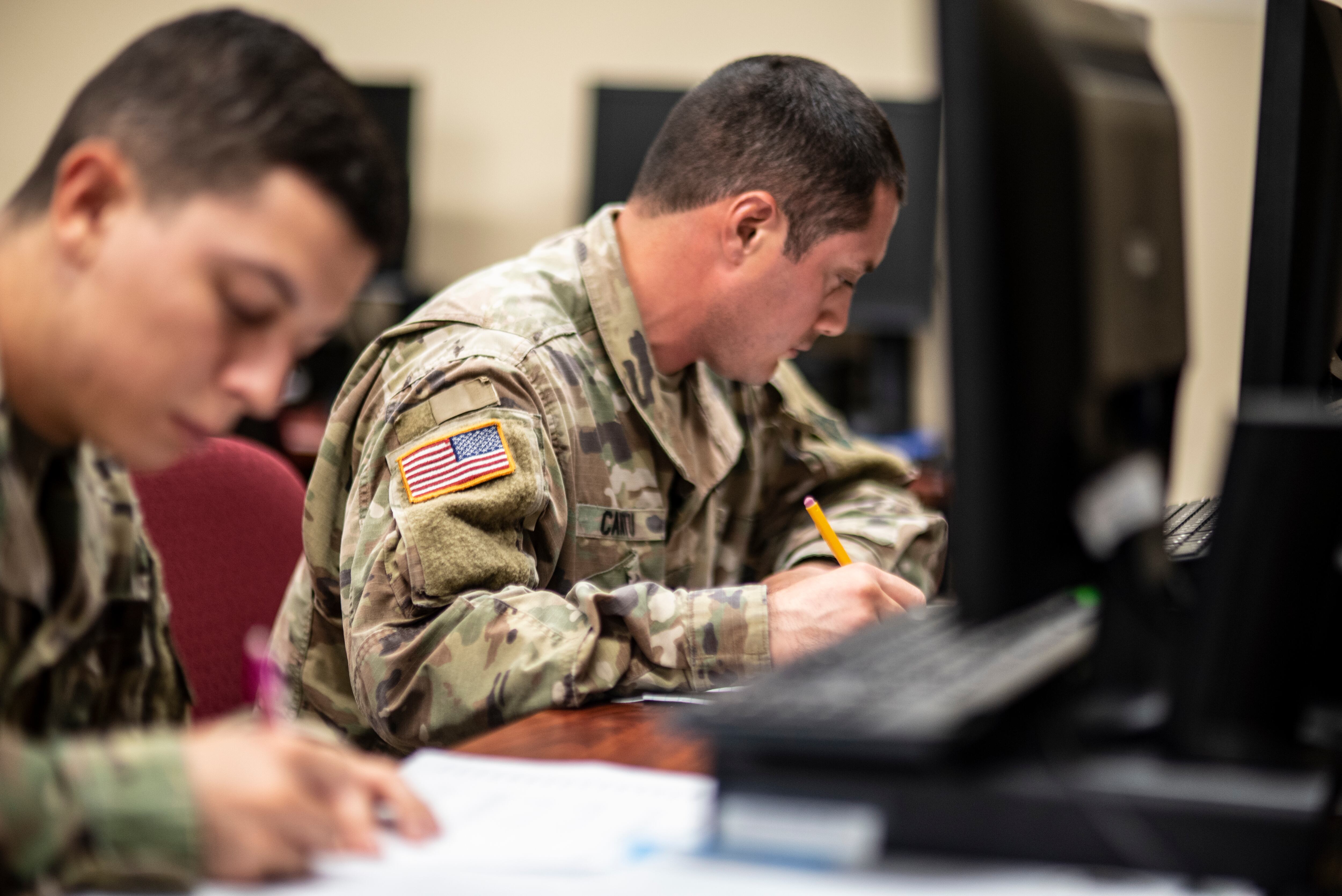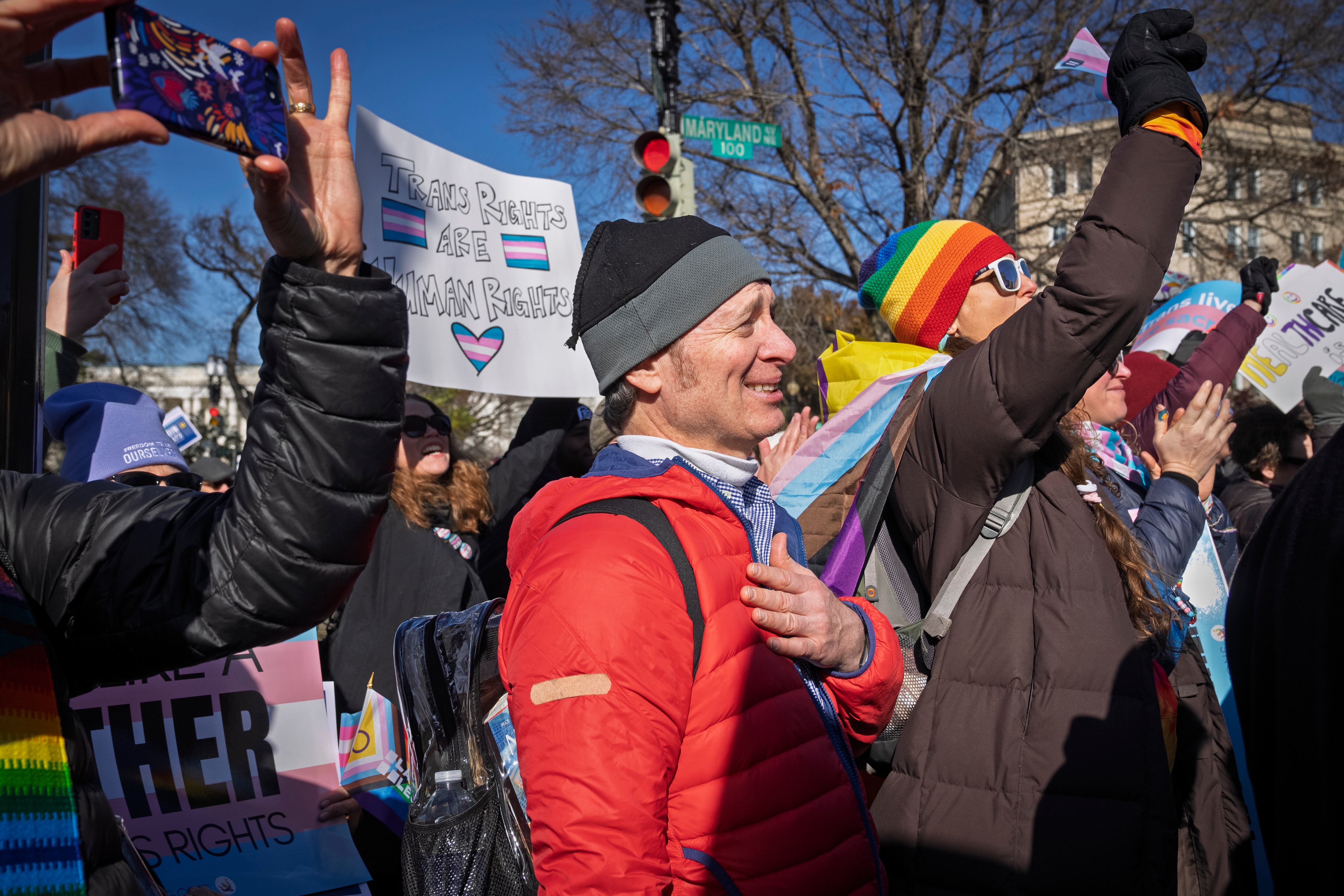When Veterans Affairs at a California medical center confirmed the first veteran patient case of coronavirus on March 4, 2020, department leaders said they were cautiously optimistic that they were prepared for a rush of additional cases in the weeks ahead.
Two years later, they’re still dealing with several thousand active cases each day.
More than 609,000 VA patients and employees have contracted COVID-19 over the last two years, and nearly 21,000 have died from the virus. That equates to more than 28 deaths a day linked to COVID during the pandemic across America.
RELATED

The 253 VA employee deaths from COVID work out to roughly one staffer death every three days over that span.
“This has weighed on us, ever since we had our first reported death [from COVID],” said Dr. Steven Lieberman, VA’s Deputy Under Secretary for Health. “We are in the business of saving lives, and this has been a tragic two years for the country.”
Federal officials have seen hopeful indications in recent weeks that the country may finally be ready to emerge from two years of lockdowns, quarantines and pandemic restrictions that have altered nearly every facet of daily life.
But Lieberman said even as the department makes those same adjustments, leaders at VA recognize that the agency is forever changed by the pandemic, both in positive and negative ways.
“We have a daily healthcare operations call with all of our senior leaders from around the country, and once a week we have one of our national chaplains talk about what’s happened and so we can all reflect and try to deal with the magnitude of the loss of life,” he said.
“It has just been so upsetting to all of us.”
It has also forced changes that will endure past the pandemic, whose end date is still uncertain. VA was forced to dramatically alter its own supply chain operations after the demand on personal protective equipment and other health care necessities mandated rapid response to facility needs.
Telehealth appointments for VA physicians have also skyrocketed at the department. Lieberman said before the pandemic, the massive department health care system handled about 2,500 remote video meetings a day. Now, the number is about 41,000.
Lieberman said the coronavirus outbreak also triggered a broader conversation about VA’s role as the nation’s medical backbone, known as the department’s “fourth mission.”
Department staff have helped support 196 local health missions across the country over the last two years, often sending staff to the areas hit hardest by the pandemic to help overwhelmed hospitals keep up with demand.
“We are at many tables now with federal partners,” Lieberman said. “Those federal agencies now regularly reach out to us to get our input on things.”
RELATED
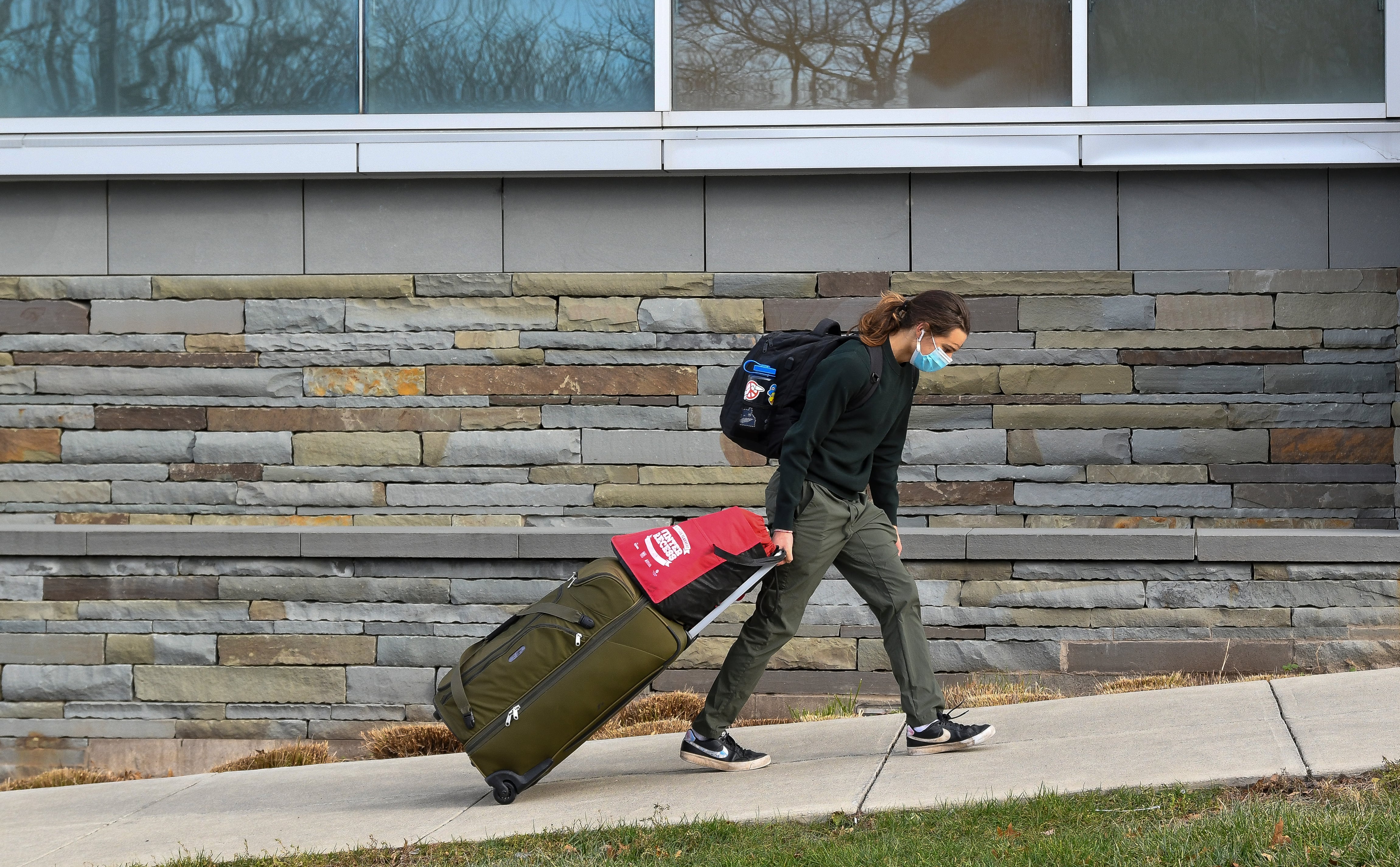
As of Thursday evening, VA officials were tracking about 6,800 active cases of coronavirus in patients across 138 department medical centers. As recently as mid-January, that figure was above 70,000, due to the nationwide surge in the Omicron variant of the virus.
As the totals continue downward, officials are balancing new testing and treatment options for veterans with coronavirus alongside efforts to encourage patients to return for routine care and health screenings that were put off during the pandemic.
Lieberman said new health care monitoring systems put in place during the pandemic will also help not only with future COVID spikes if they happen, but also better tracking of issues like yearly influenza outbreaks.
“We want to be a leader in this,” he said. “We might catch things even before we hear about it from other [non-VA] locations, because we are monitoring this so closely now.”
But Lieberman is also hopeful that work takes less of a priority in coming months, and the department won’t be looking at a third year of pandemic operations and losses.
“Since this has been such an unpredictable virus, we’re gonna monitor it indefinitely,” Lieberman said. “Hopefully, as time goes on, it will go more and more into the background. But we’ll always be keeping an eye out for it.”
Leo covers Congress, Veterans Affairs and the White House for Military Times. He has covered Washington, D.C. since 2004, focusing on military personnel and veterans policies. His work has earned numerous honors, including a 2009 Polk award, a 2010 National Headliner Award, the IAVA Leadership in Journalism award and the VFW News Media award.
